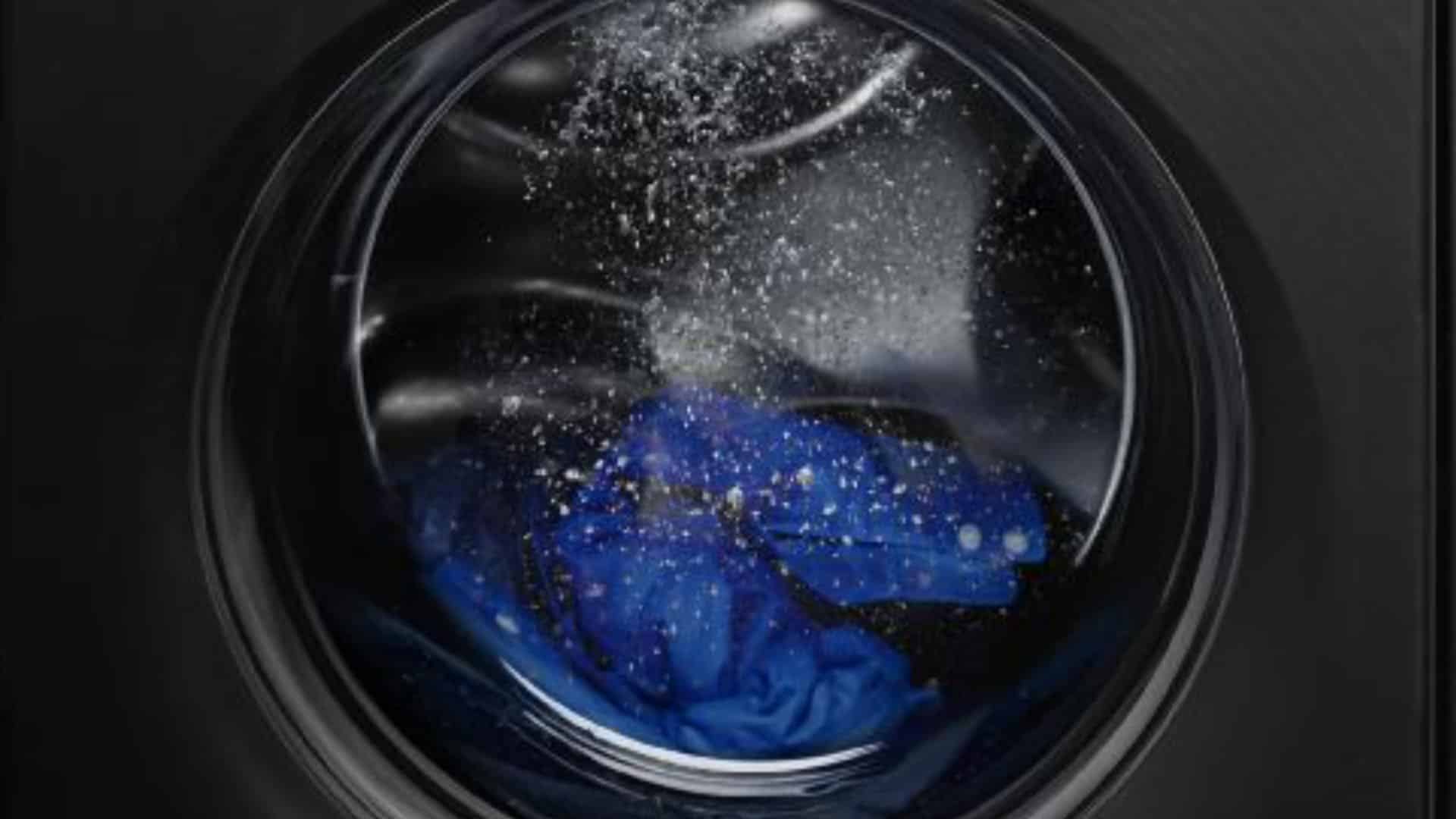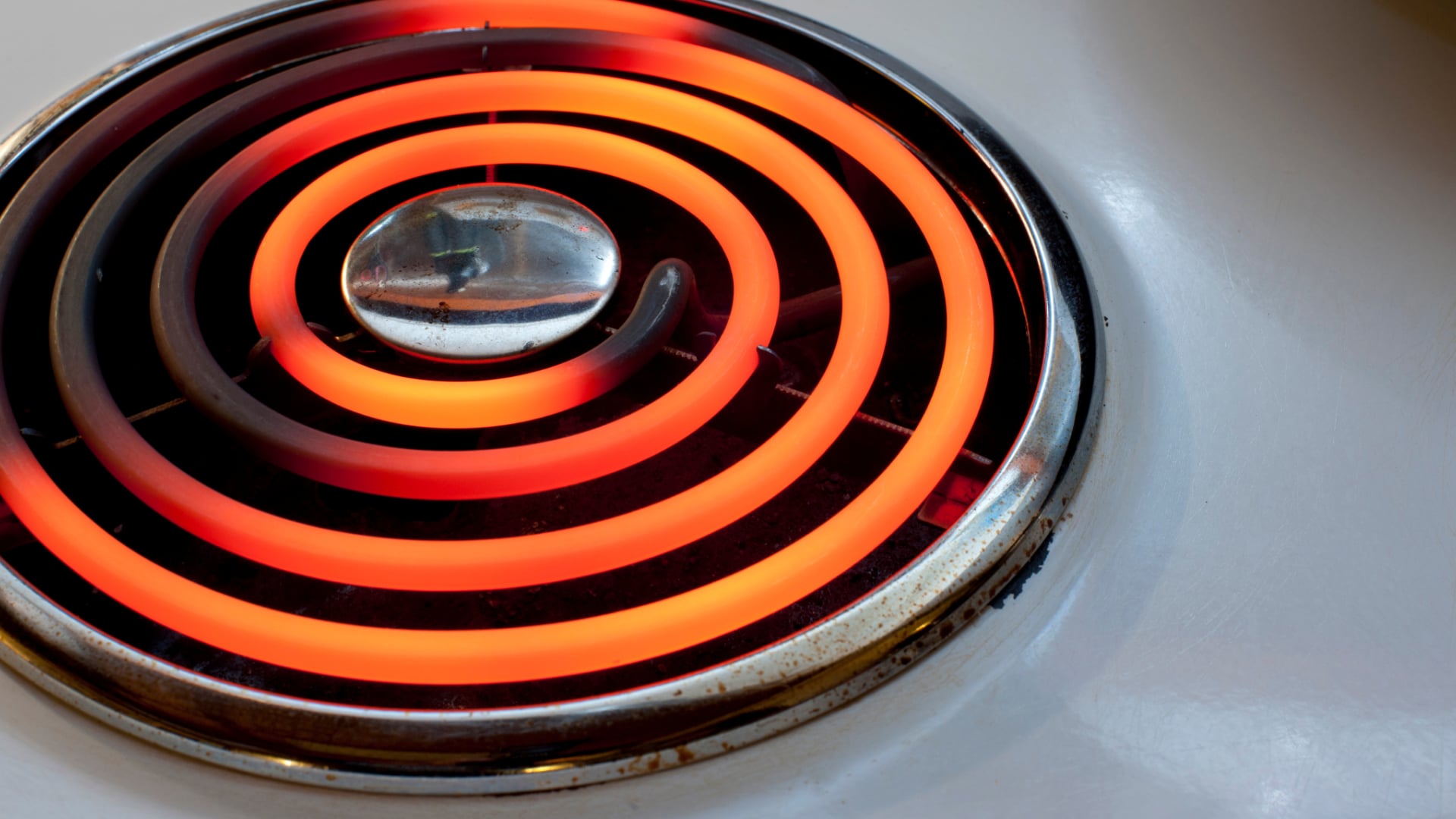
If your electric stove is not getting hot enough, there is likely to be something wrong with one or more of the components within your appliance. For example, there could be an electrical short in the burner, or the surface element switch could be defective. To help you find the cause of the problem and fix it, we’ve put together this extensive guide.
While different makes and models of stoves are manufactured slightly differently, this guide should be useful for all major models of stoves such as GE, Bosch, Whirlpool, and Samsung.
Step 1 – Clean the burners
Some stoves have plug-in burners which can get a build-up of moisture and other debris in the receptacles. When this happens, arcing can occur which over time creates an intermittent electrical short that will cause the element to burn out. If your stove doesn’t have plug-in burners, you can proceed to step 2.
Here’s how to clean the burners:
- Switch the power off.
- Remove the burners.
- Once removed, clean the tips of the element with a small dry brush and a damp cloth. Make sure the tips don’t get too wet as water can damage them.
- Next, clean the inside of the receptacle with a small dry brush and a damp cloth.
- Once clean and dry, place the burners back onto your stove.
- Turn your stove on high and check if it can now heat up correctly. If not, proceed to the next step.
Step 2 – Check the circuit breaker
The next step is to check the circuit breaker. Sometimes after a power surge, or if the circuit breaker is under stress, it can trip which will turn your electric stove off. This is a very simple problem to fix yourself without the need to call a technician. Please note, it is recommended that appliances like ovens, fridges, and dryers should have a dedicated circuit breaker due to how much energy they consume. If you don’t have a dedicated circuit breaker for your oven you should get your electrician to create one for you.
Here’s how to check the circuit breaker:
- Locate your fuse box.
- Check that the circuit breaker is switched on correctly. If it’s off, turn it back on.
- If the circuit breaker is on, unplug your oven and plug it into a different power socket that is linked to a different circuit breaker. If your oven works in a different socket, the power socket is faulty and will need to be repaired or replaced.
- If you turned the circuit breaker on, test that your stove is now working properly by turning it on. If it still doesn’t heat, proceed to step 3.
Step 3 – Check the stove knobs
If you have an older stove with manual knobs that control the temperature of the stove, make sure they are on correctly. Sometimes when people clean their stoves they take the knobs off and then put them back on in the wrong position. If you have electrical controls on your stove, proceed to step 4.
Here’s how to check the stove knobs:
- Remove all the knobs from your stove.
- Consult your user manual to double-check which knob goes where.
- Put the knobs back onto your stove in the correct positions.
- Turn your stove on to check if it now heats properly. If not, proceed to the next step.
Step 4 – Check for loose or burnt wires
The next step is to check all of the wires in your stove to make sure none of them have burnt out or become loose.
Here’s how to check for loose or burnt wires:
- Check all connections for signs of damage.
- Check all wires for signs of damage.
- Check all wires to make sure they are securely connected.
- If you find any damaged wires or connection points they will need to be replaced. If you don’t find any damaged wires or connection points, you can move on to the next step.
- If you replace any wires, turn your stove once they have been installed and check if it can now heat correctly. If not, proceed to the next step.
Step 5 – Check the surface element switch
The surface element switch turns off the voltage coming from the heating element when your stove has reached the correct temperature as well as turning the voltage back when required. If the switch becomes defective, your electric stove might not get hot enough.
Here’s how to check the surface element switch:
- Switch the power off.
- Remove the faulty element as well as one of the elements that work. If no elements work, you will need to purchase a new one.
- Plug the element that works into the plug for the element that doesn’t work.
- If the element works, then your element switch is defective and will need to be replaced. If the element doesn’t work, proceed to the next step.
- Once the switch has been replaced, turn your stove on and check if it can now heat properly. If not, proceed to the next step.
Step 6 – Replace the heating elements
If you still haven’t found the cause of your stove not heating, the final step is to replace the heating elements and see if this fixes the problem. If you cannot replace individual elements, the whole stove unit might need to be replaced. Before replacing the elements, get a technician to come and inspect your electric oven so they can rule out other potential fixes.
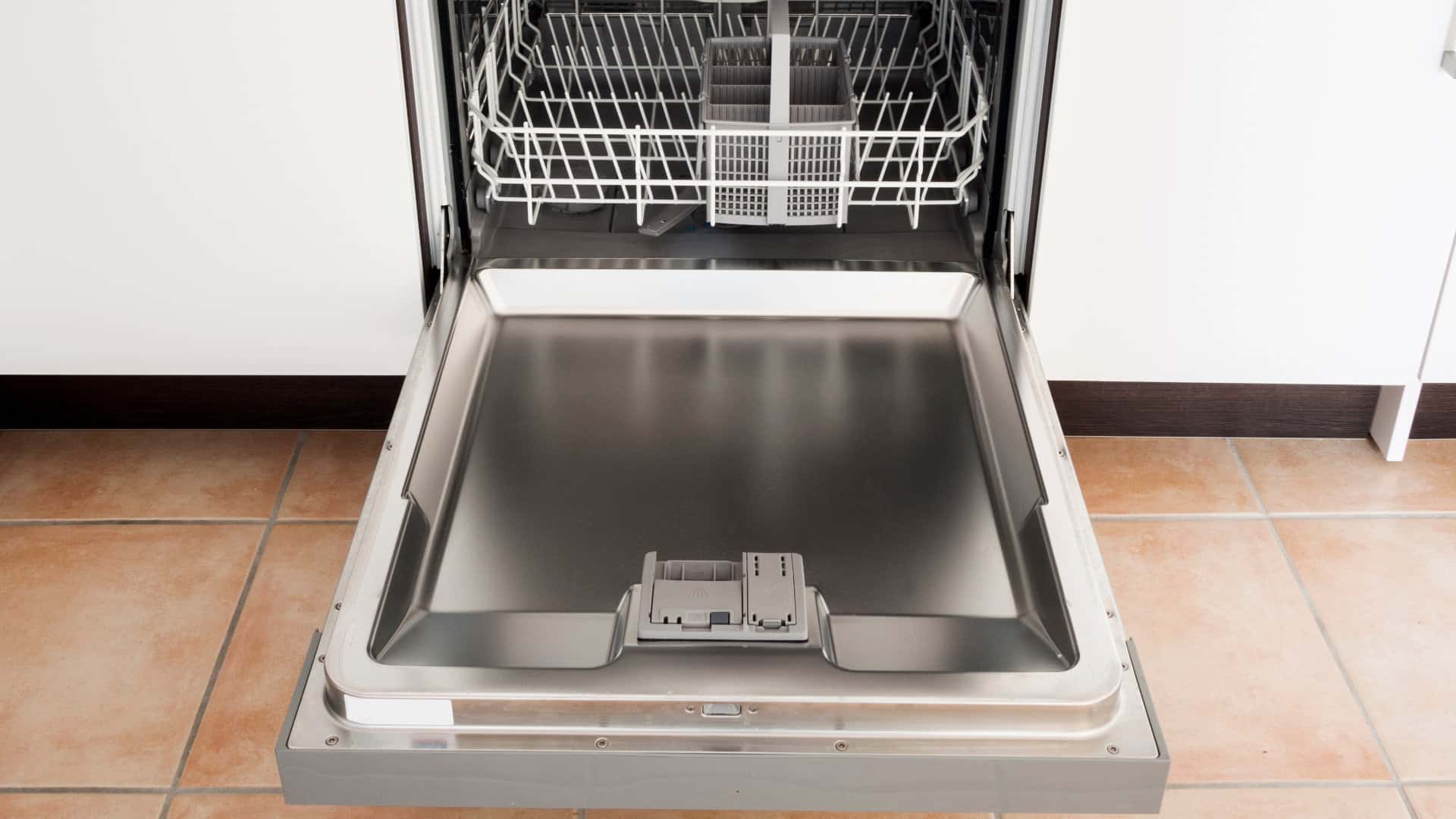
How to Resolve the Bosch Dishwasher E15 Error Code
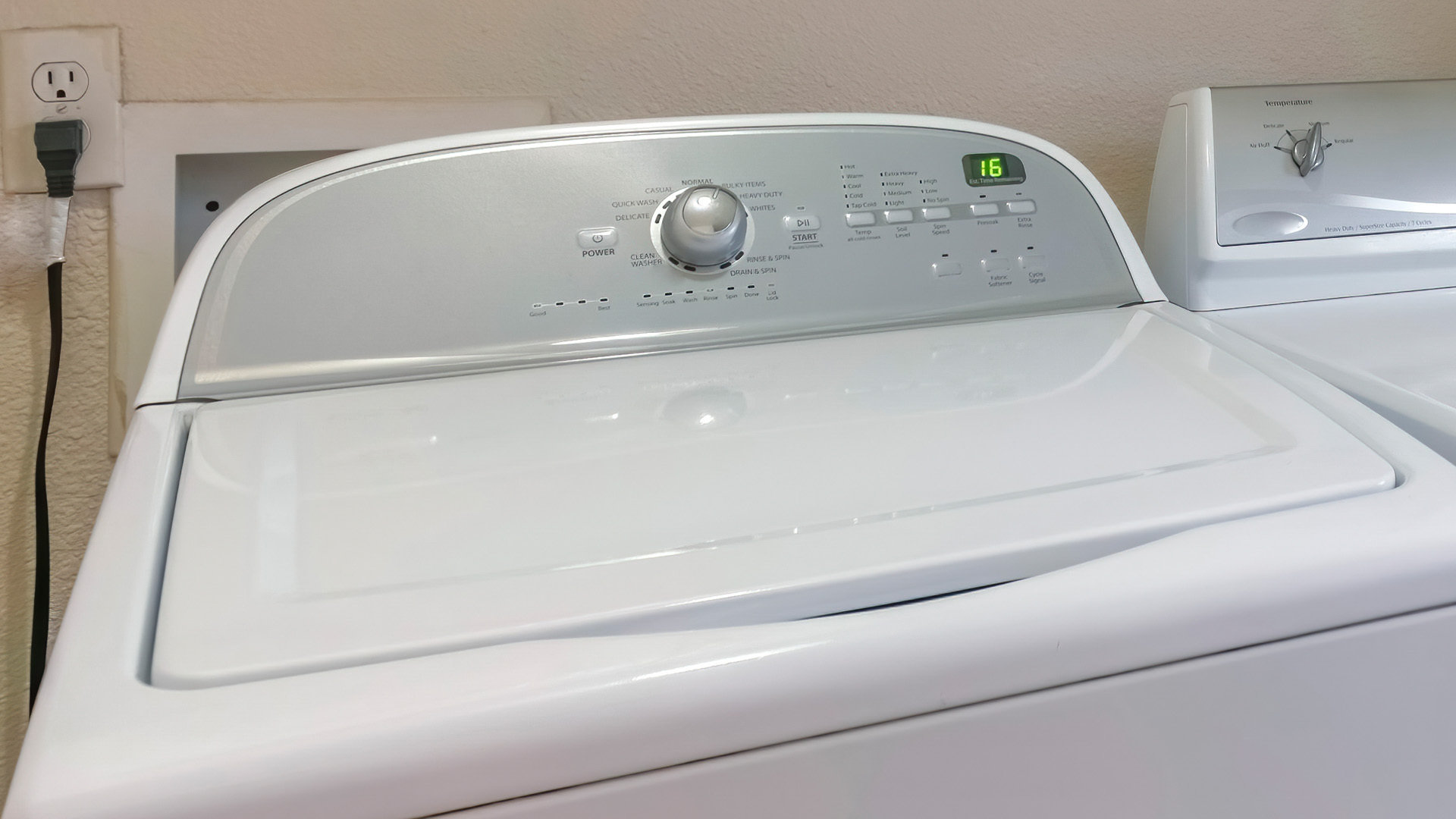
How to Balance a Washing Machine (5 Quick Tips)
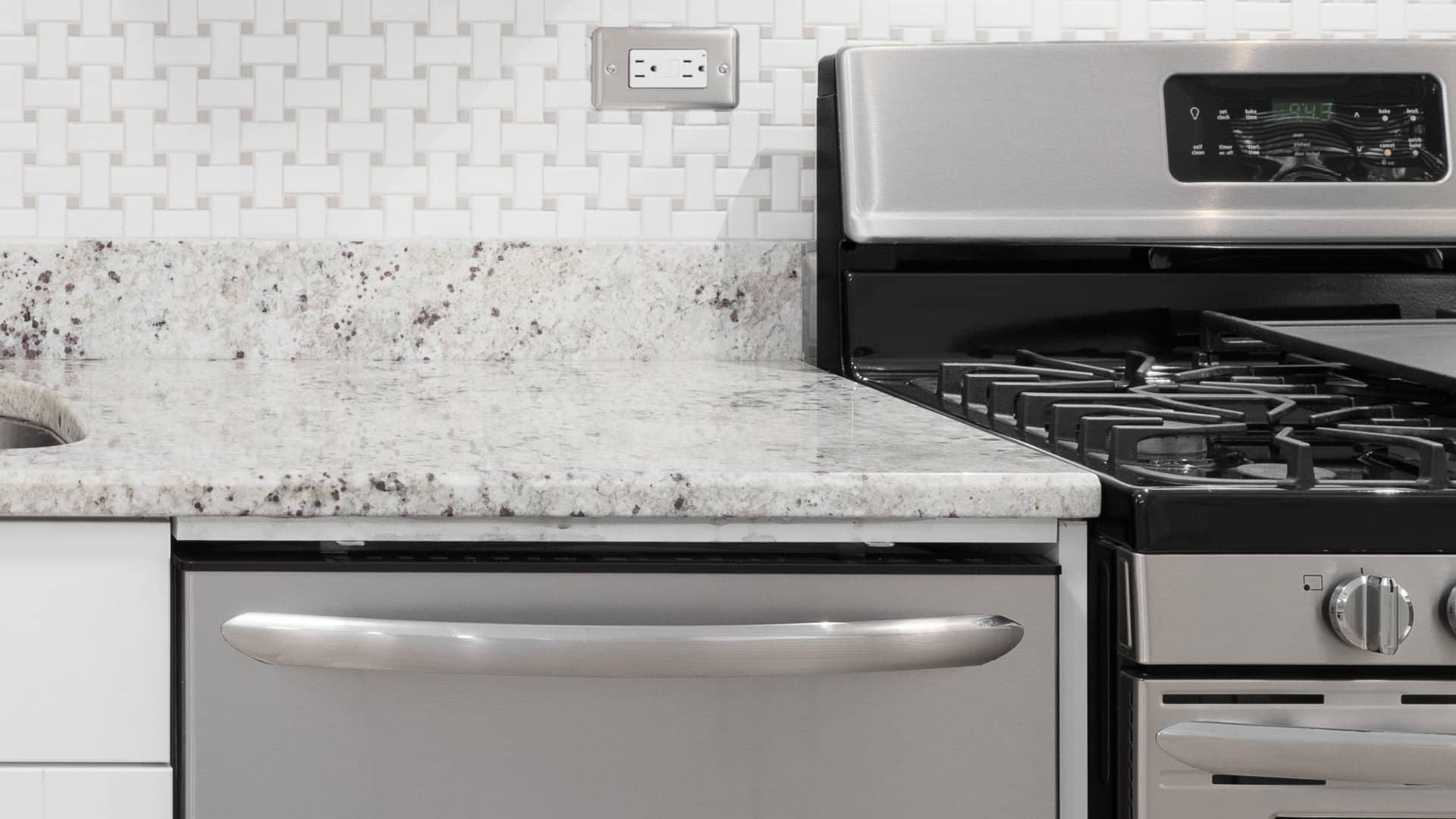
Solutions for a Frigidaire Gas Stove Oven Failure

How to Fix a GE Ice Maker Not Working (Quick Fixes)
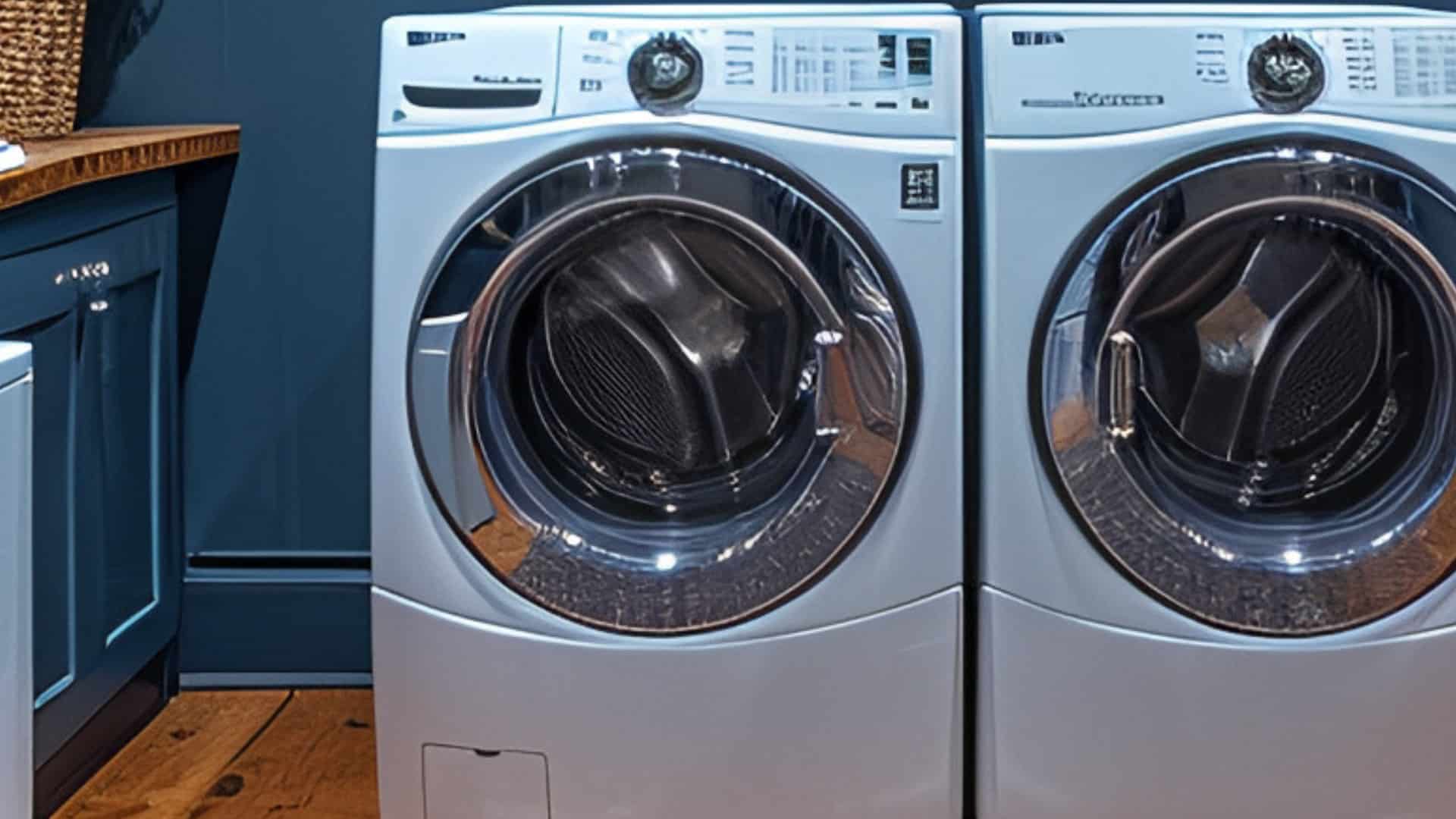
How to Fix the Electrolux Dryer Error Code E64
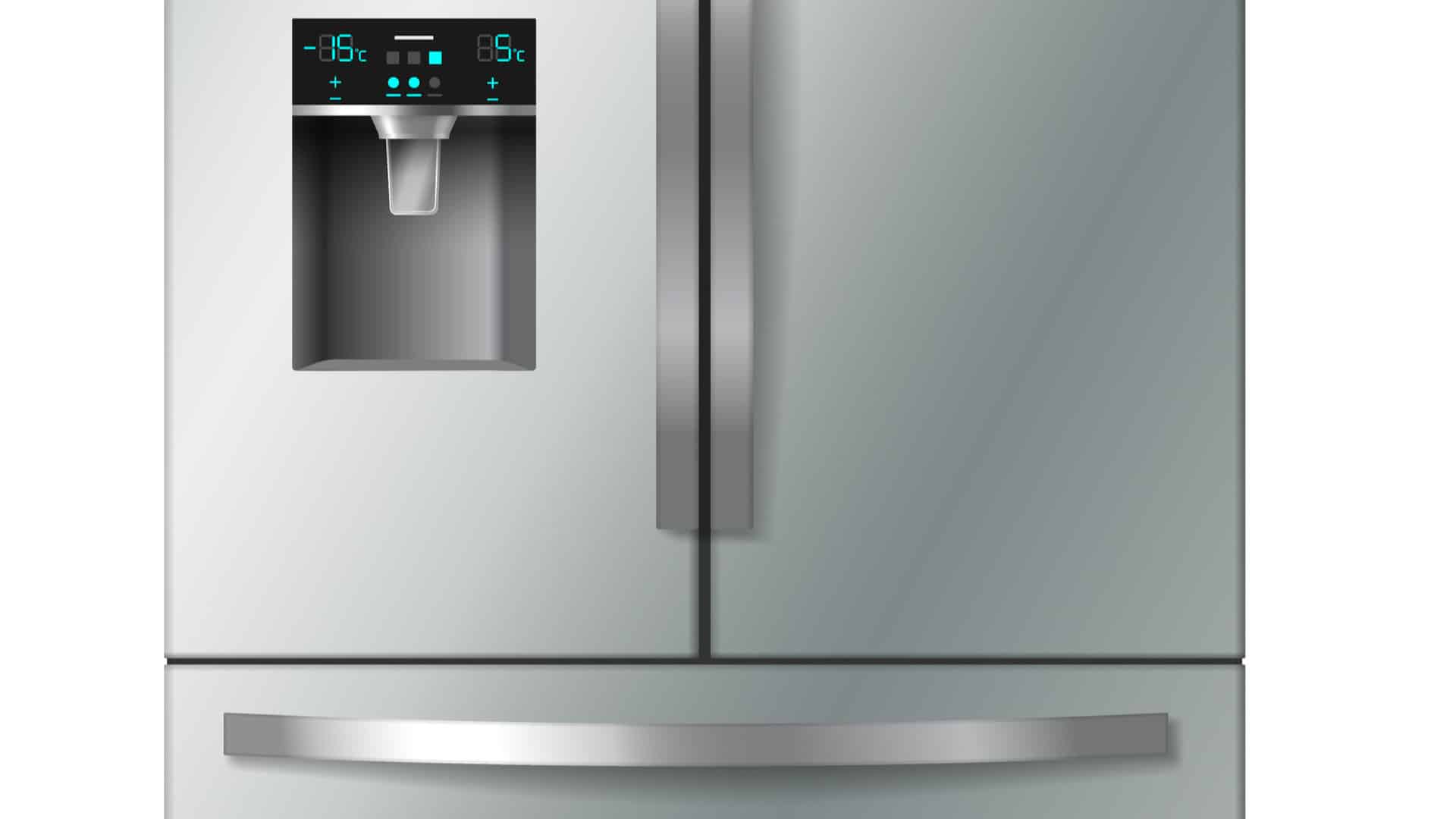
Is Your Whirlpool Ice Maker Not Working? Here’s Why
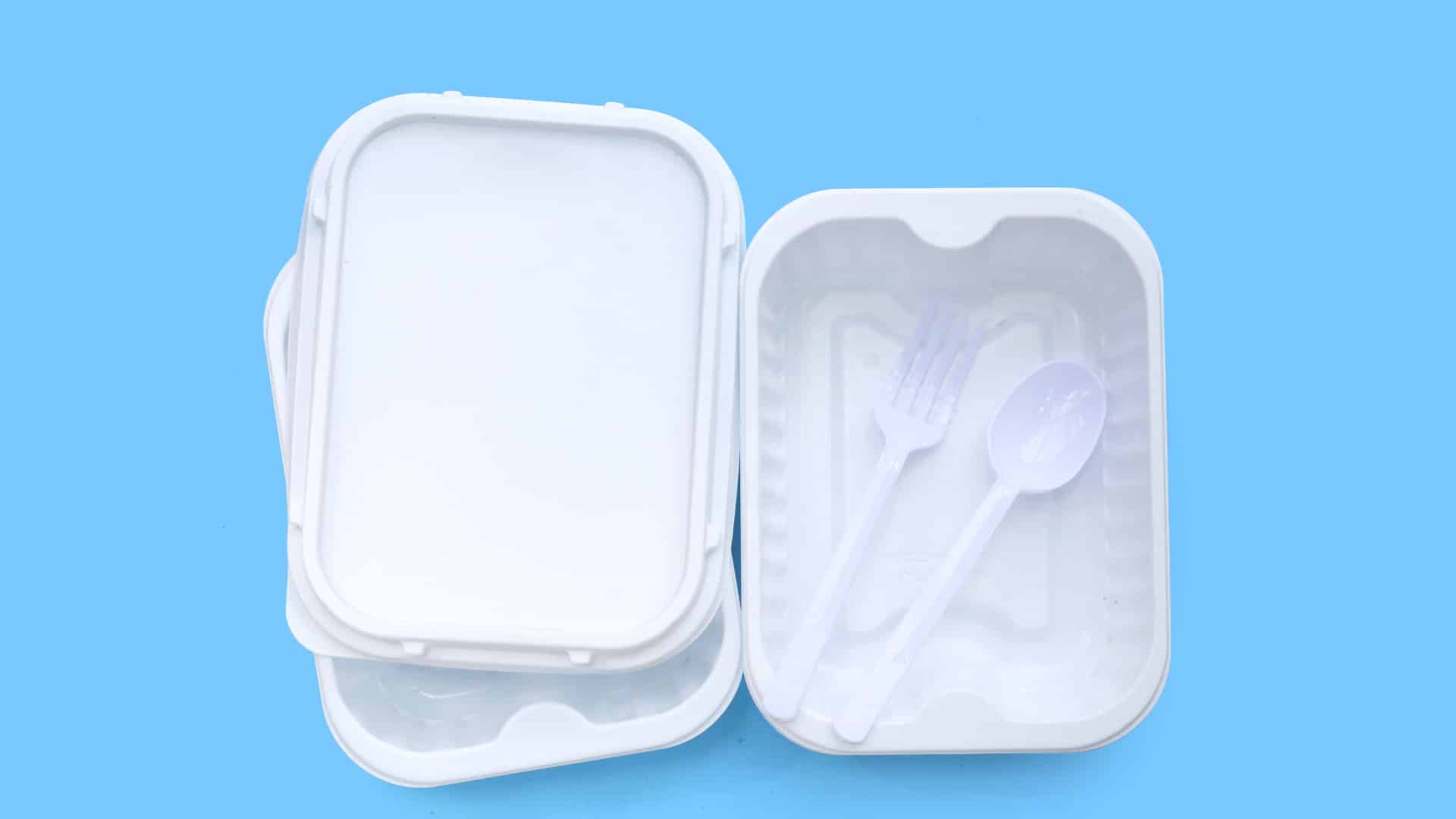
Can Styrofoam Be Microwaved? (Safety and Risks)
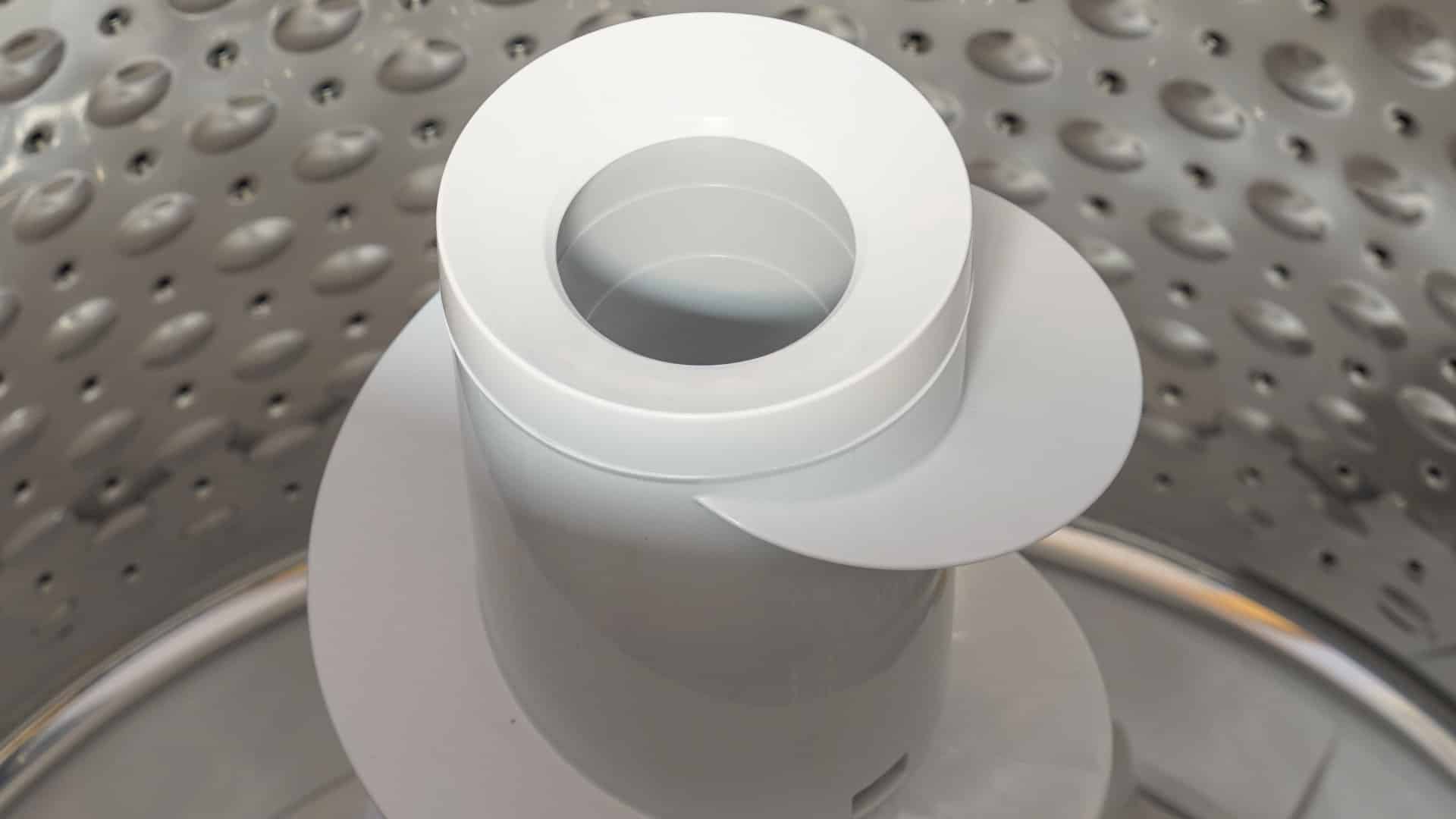
Agitator vs. No Agitator Washer: What’s Best?
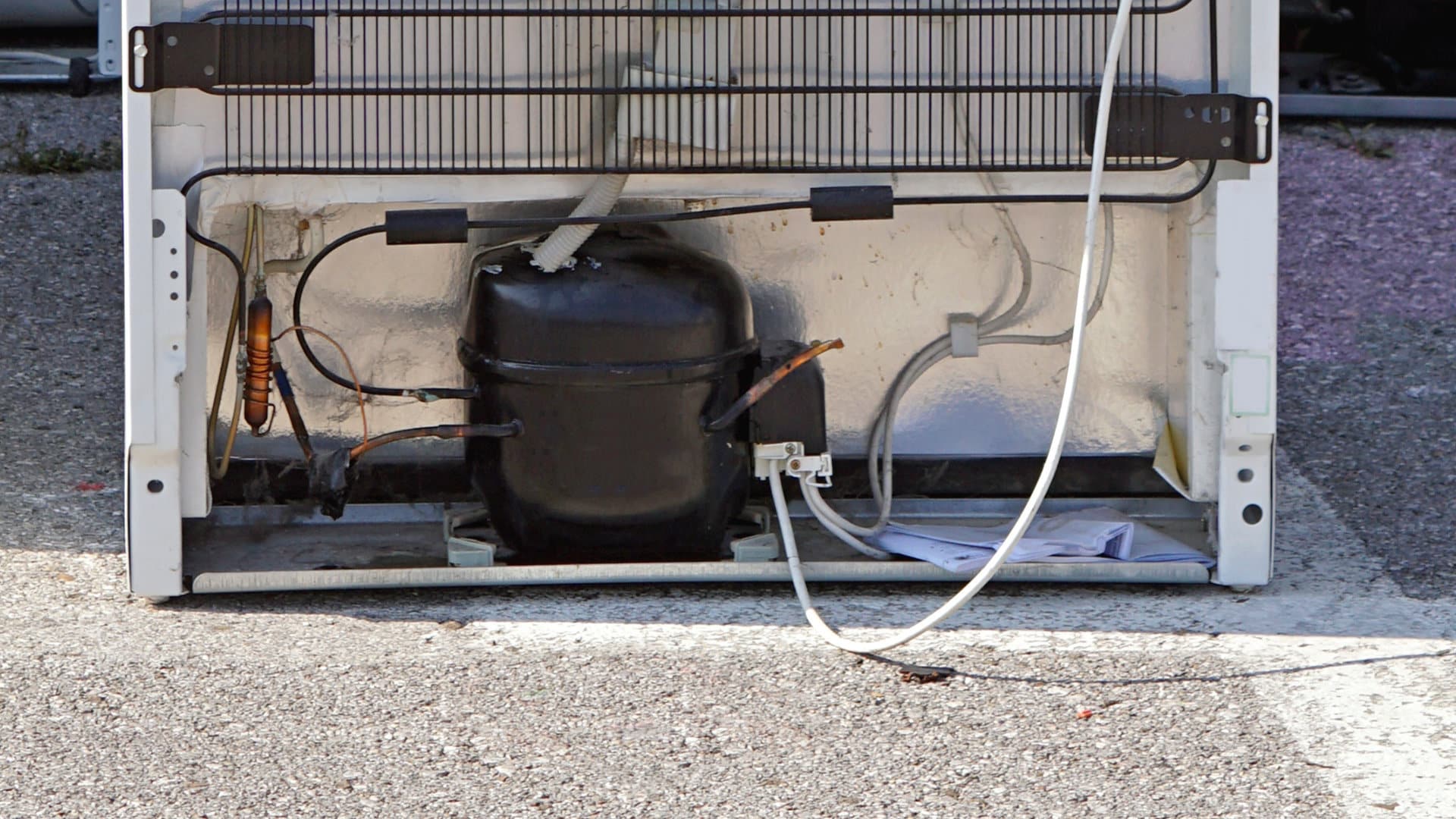
Why Is Your Refrigerator Compressor Hot? (6 Potential Causes)
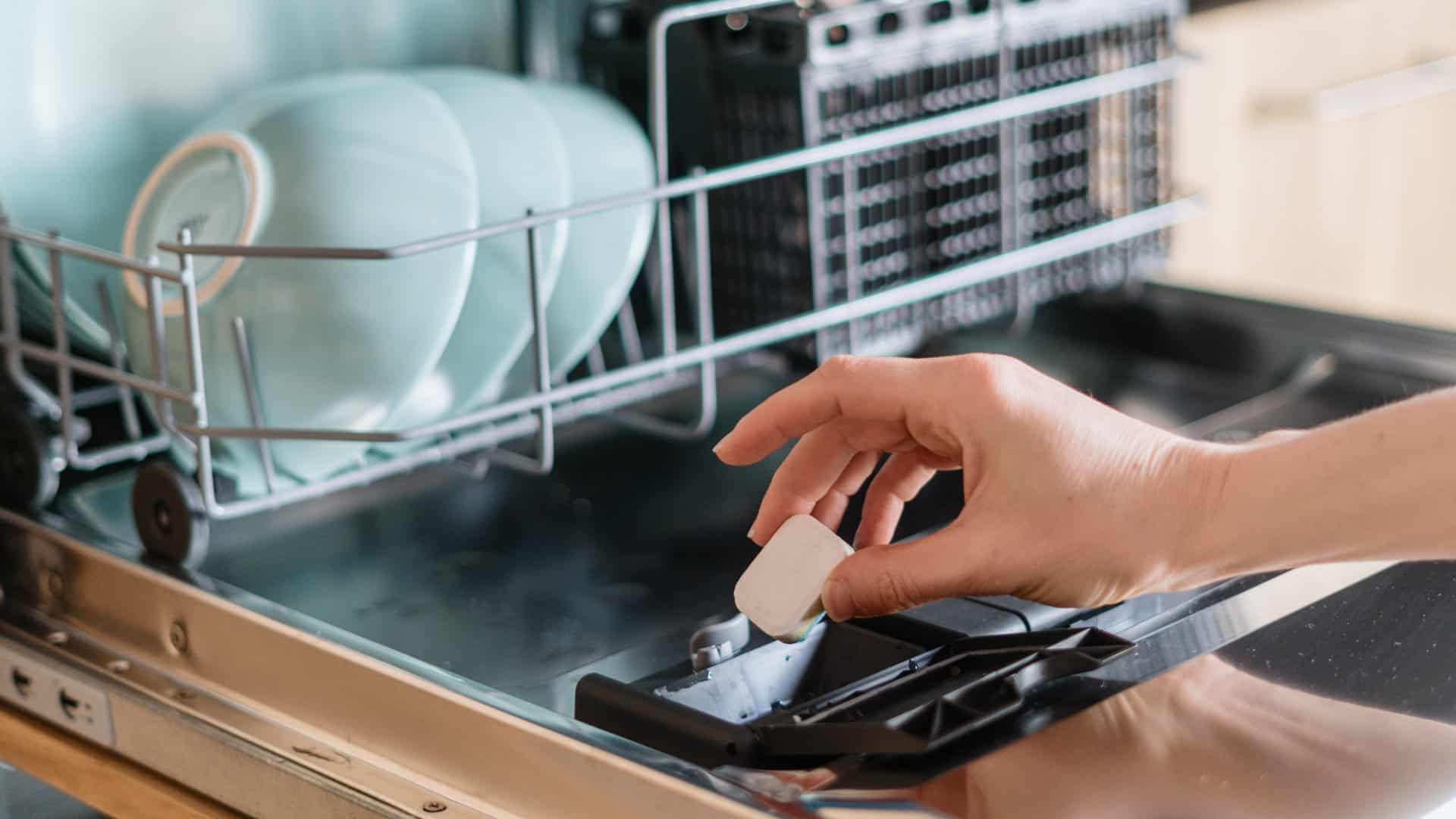
How to Use Dishwasher Pods
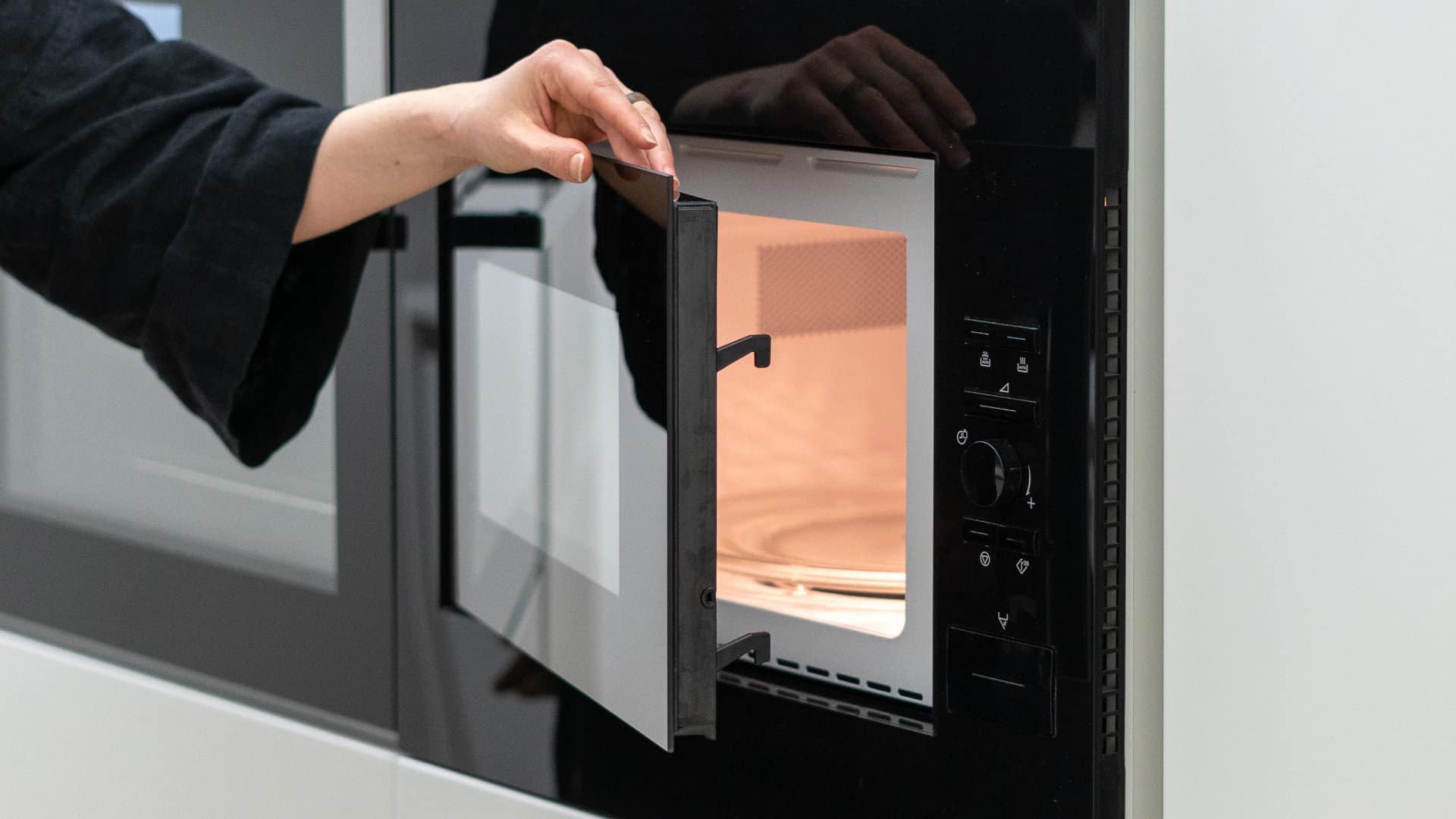
How to Unlock Your Microwave

How Many Watts Does a Refrigerator Use?
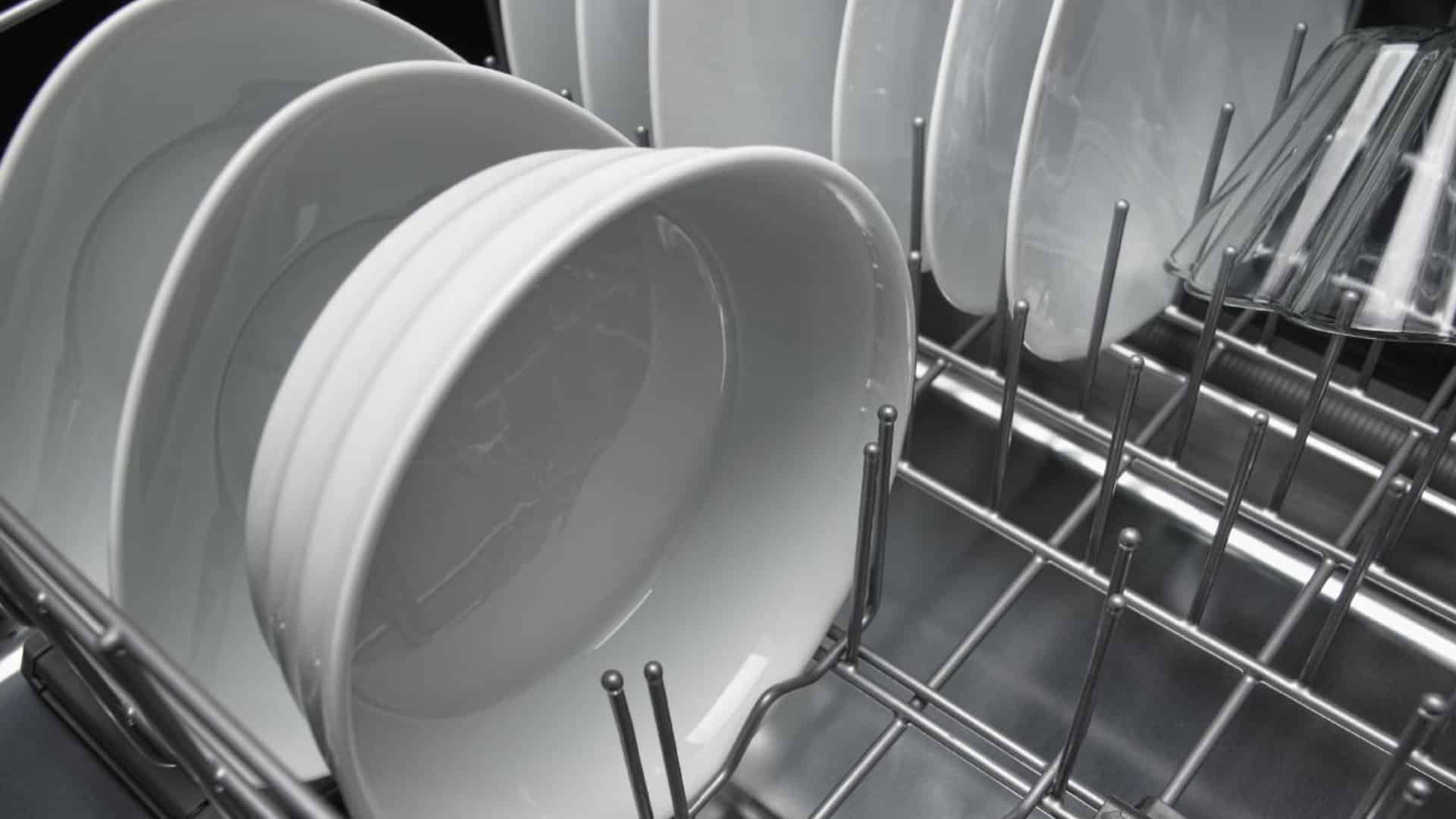
How To Fix a KitchenAid Dishwasher That Isn’t Draining
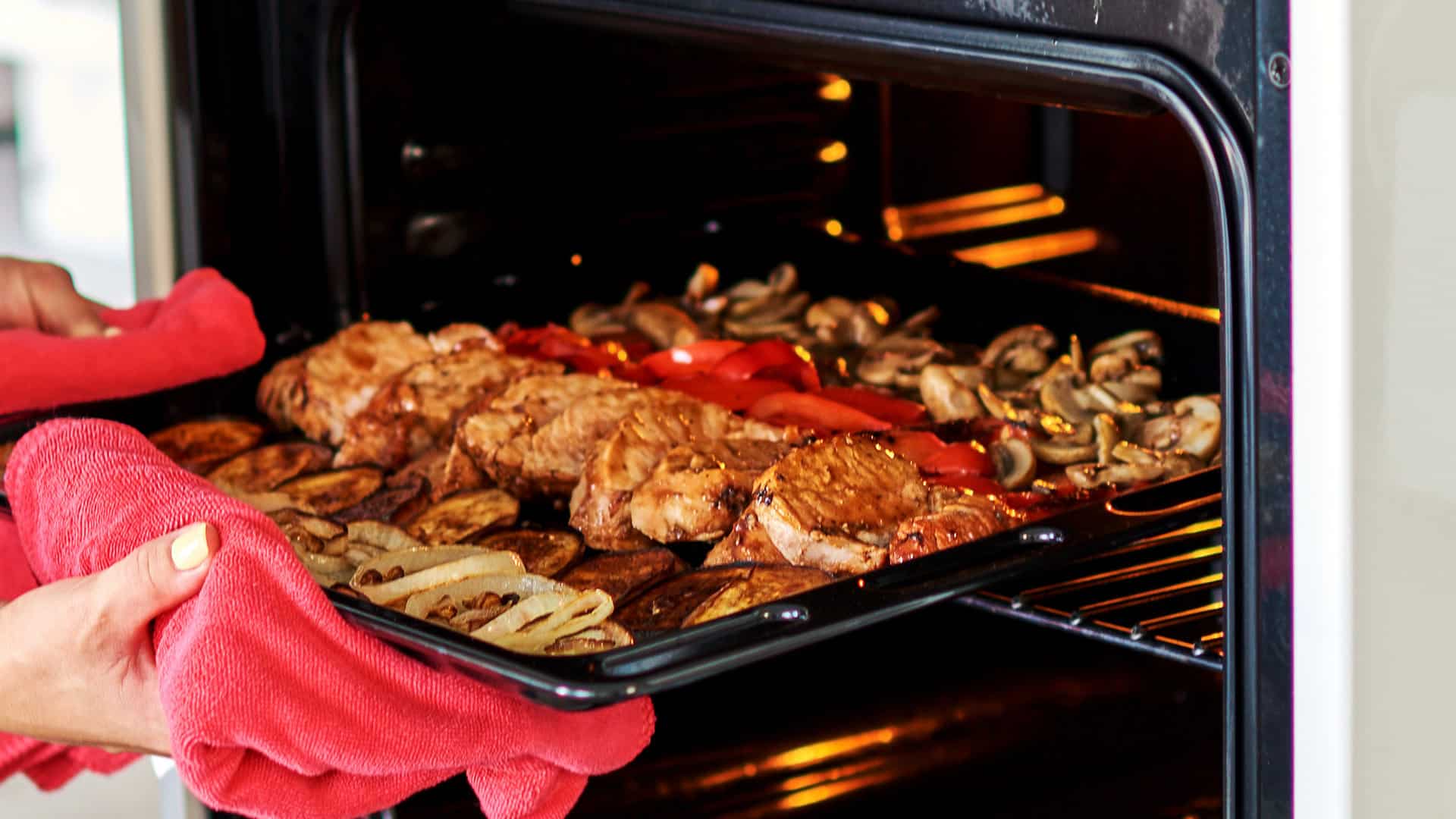
GE Oven F2 Error Code: Causes & Solutions
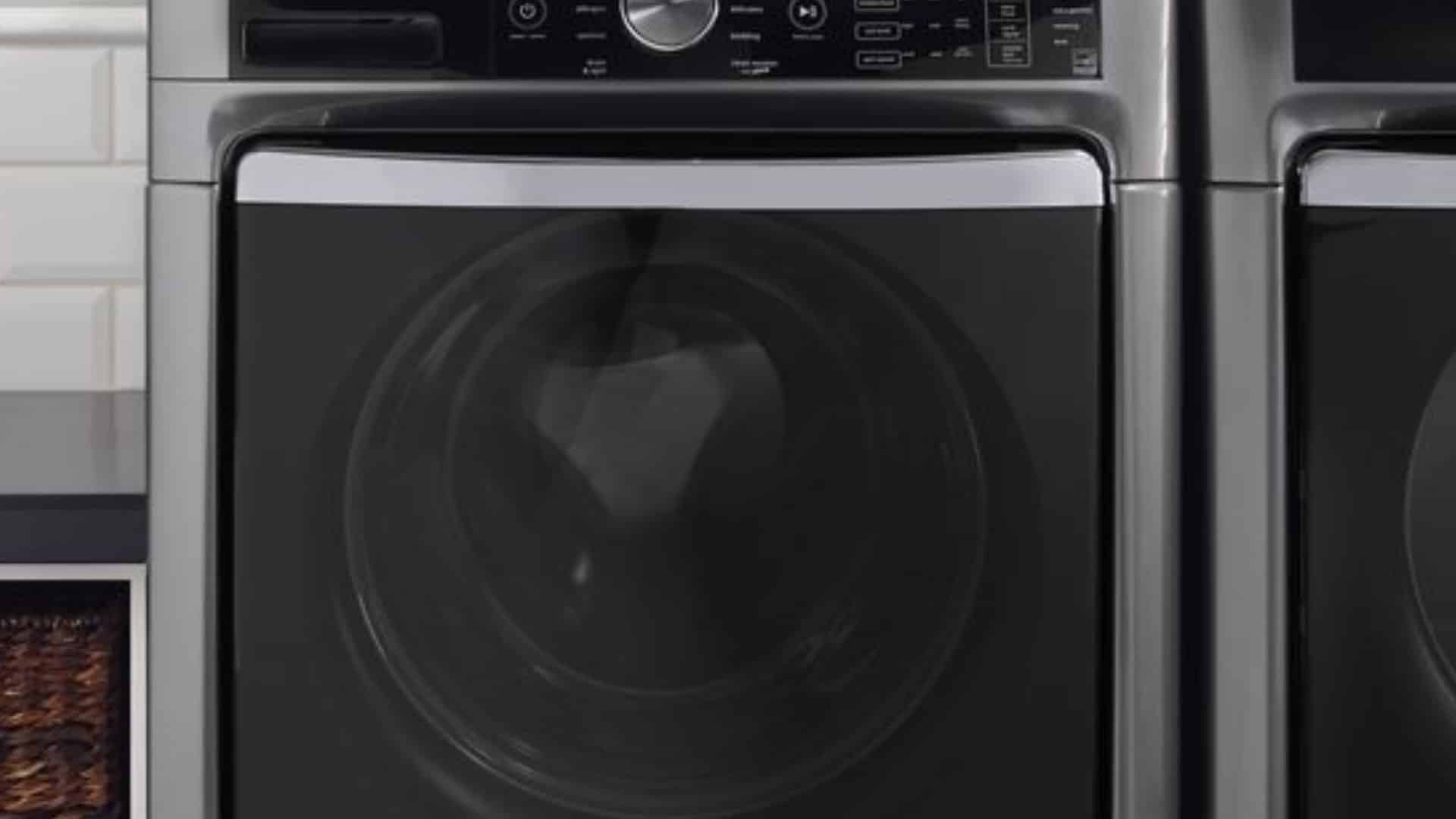
Maytag Washer Not Spinning? 5 Simple Solutions
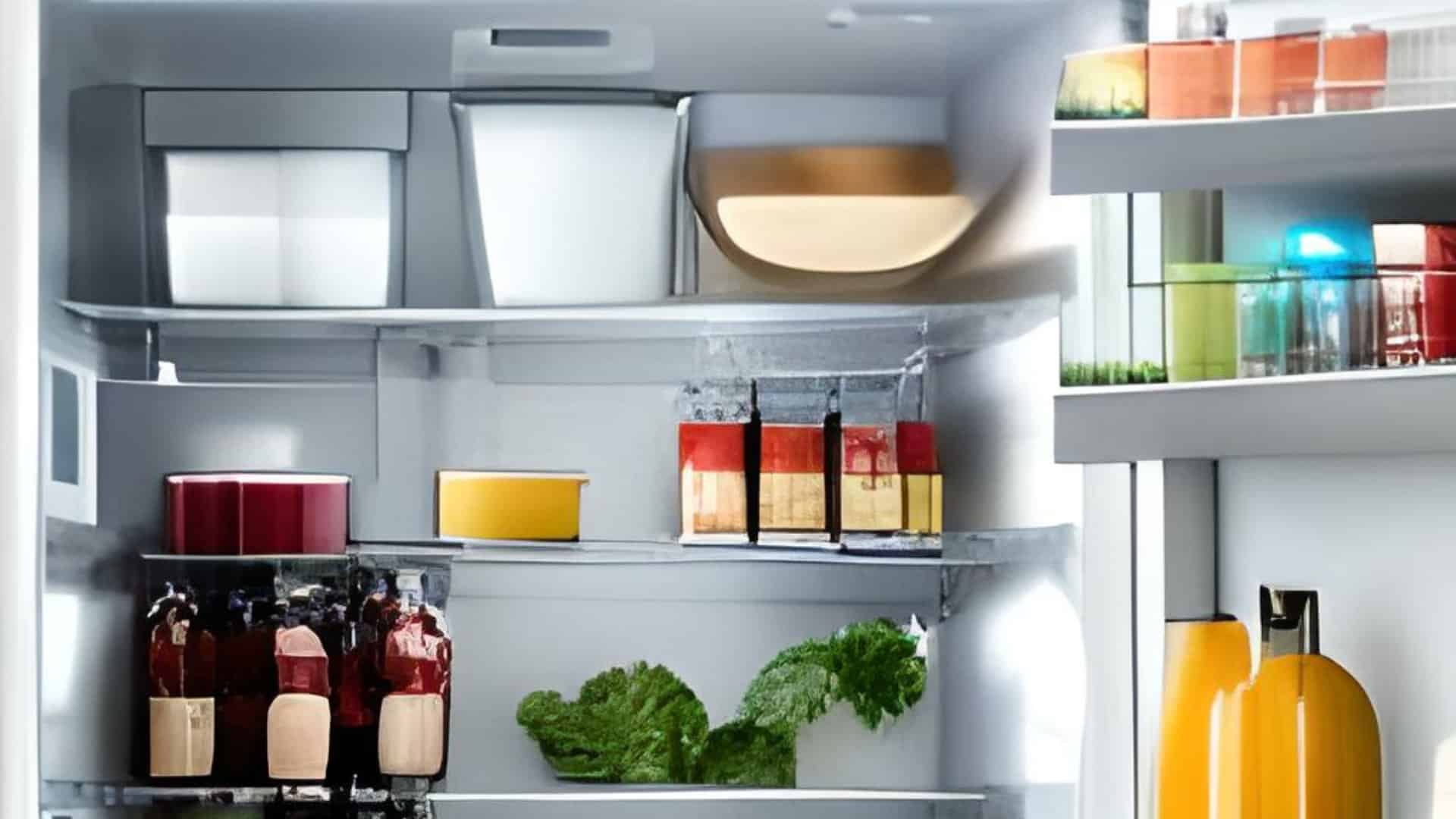
Why Is Your Refrigerator Not Cooling?
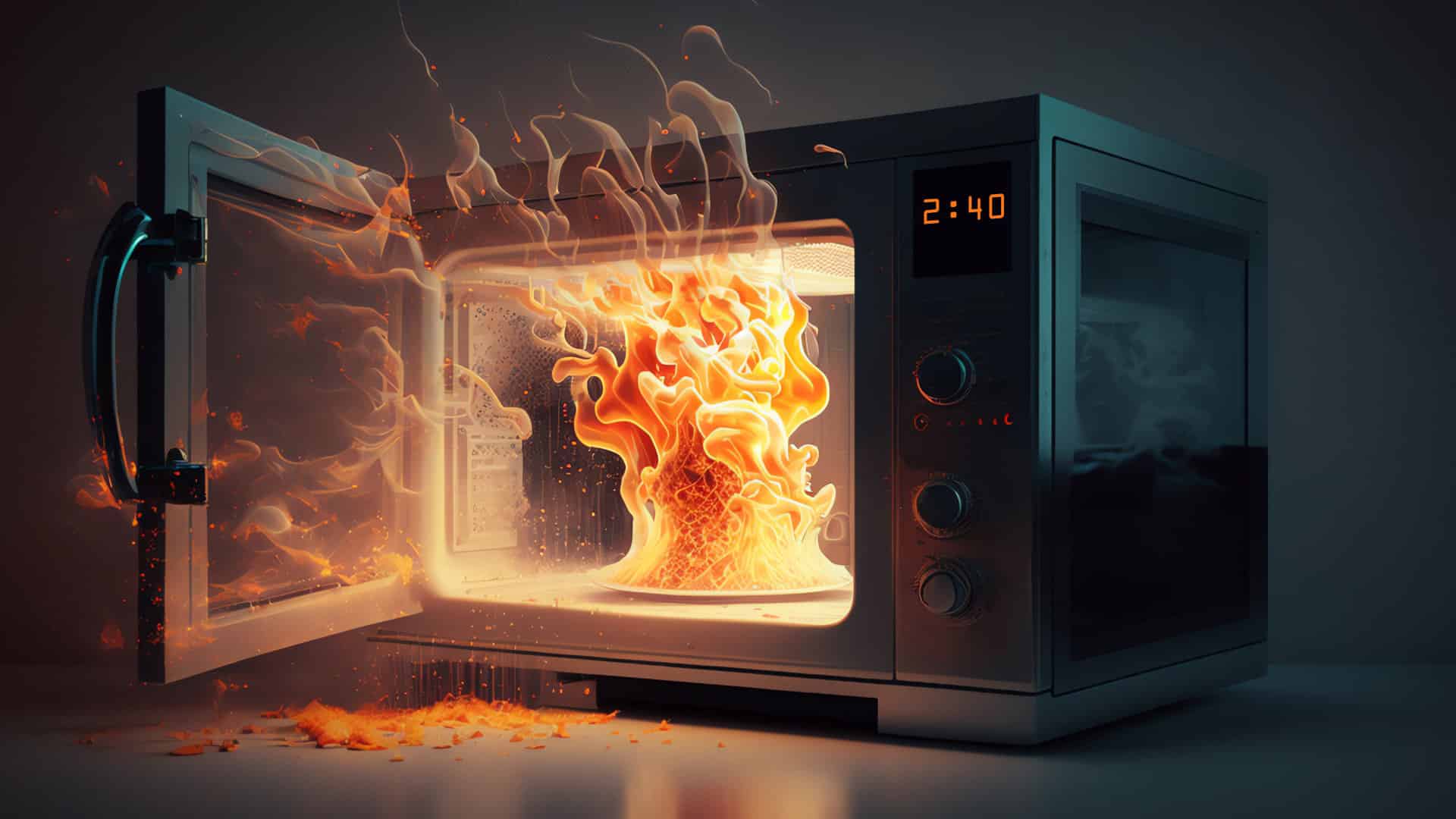
How to Get Rid of Burnt Smell in Microwave
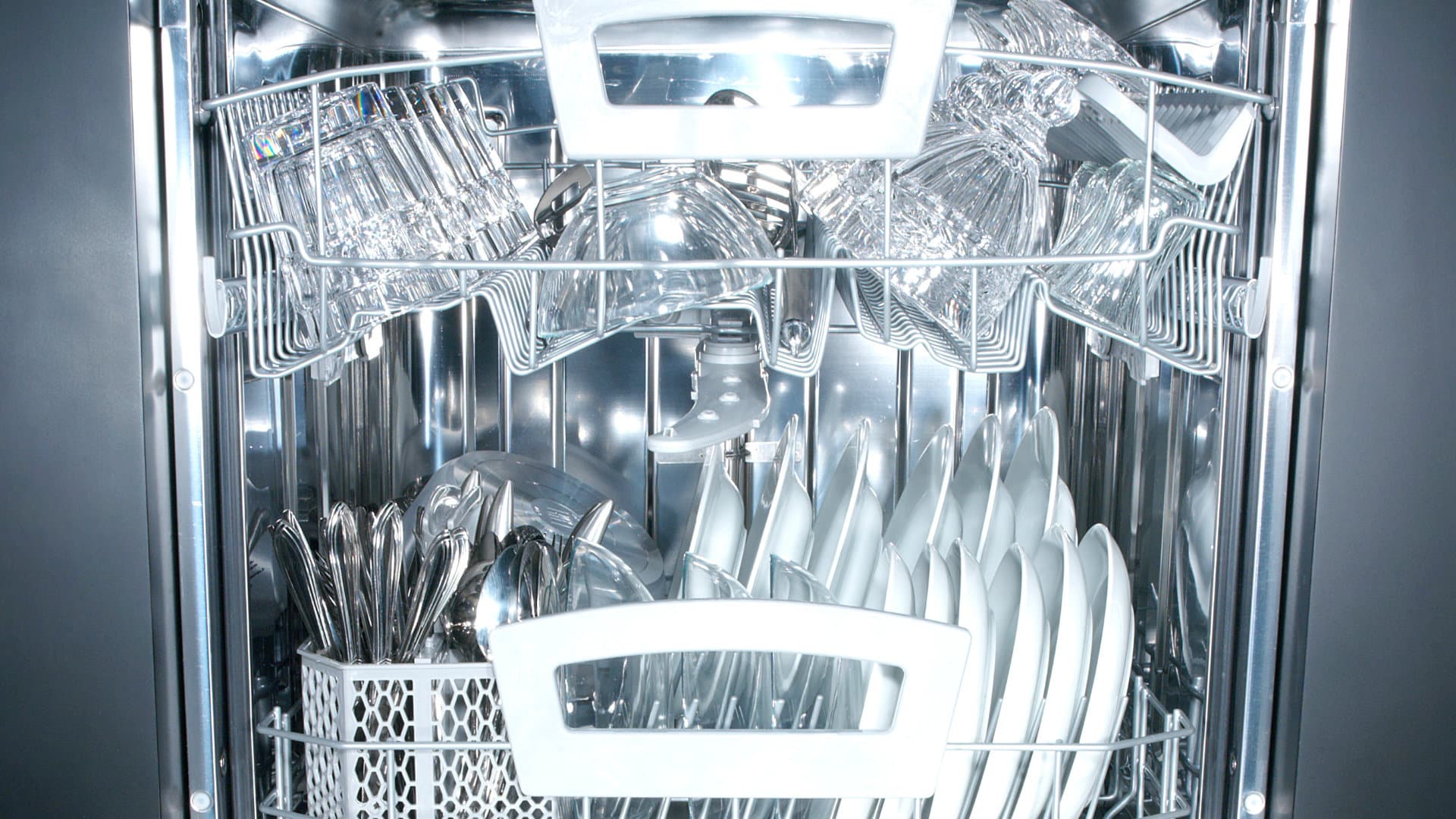
How to Fix a Dishwasher Not Cleaning Properly
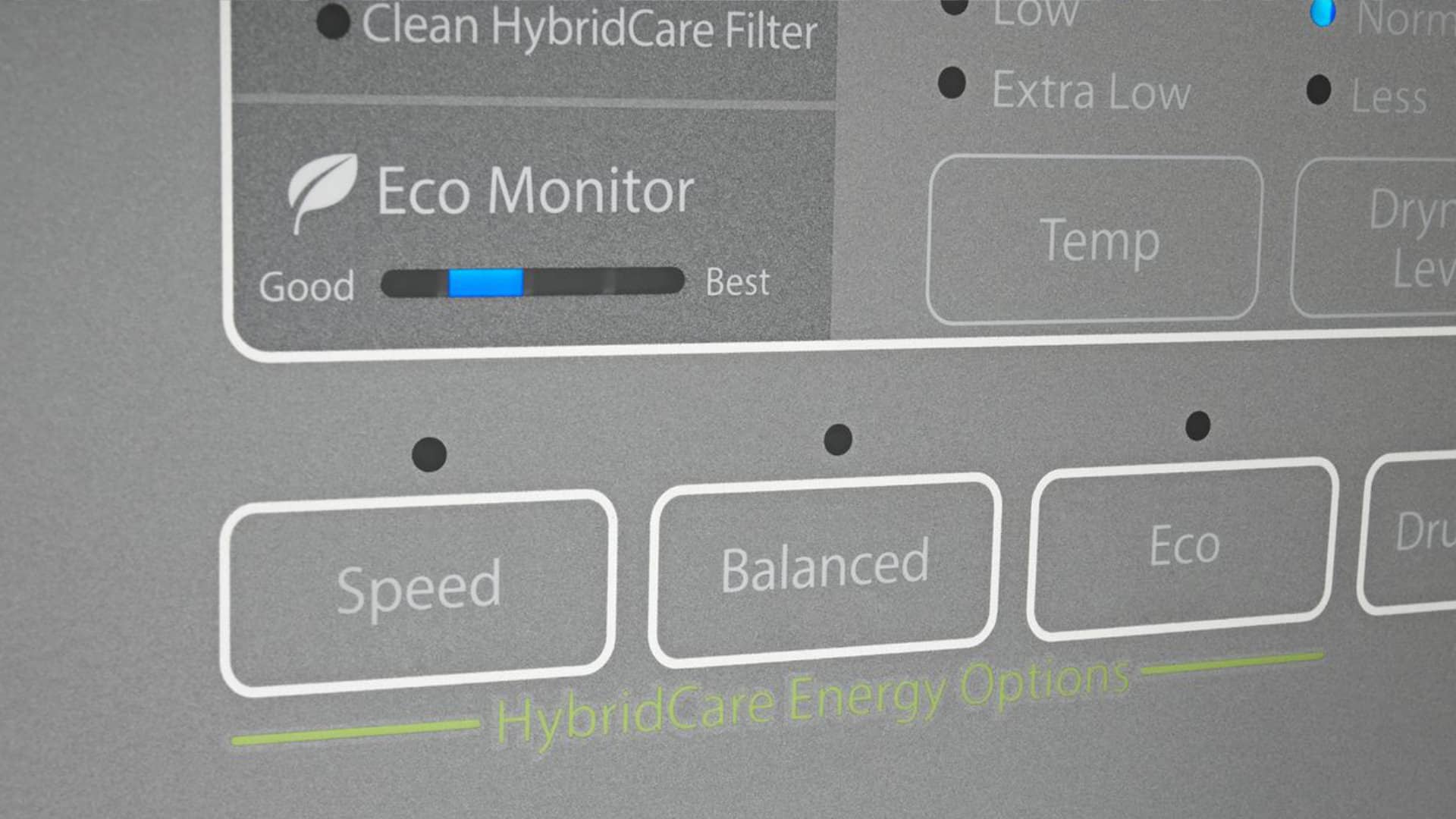
How Much Energy Does My Dryer Use?
